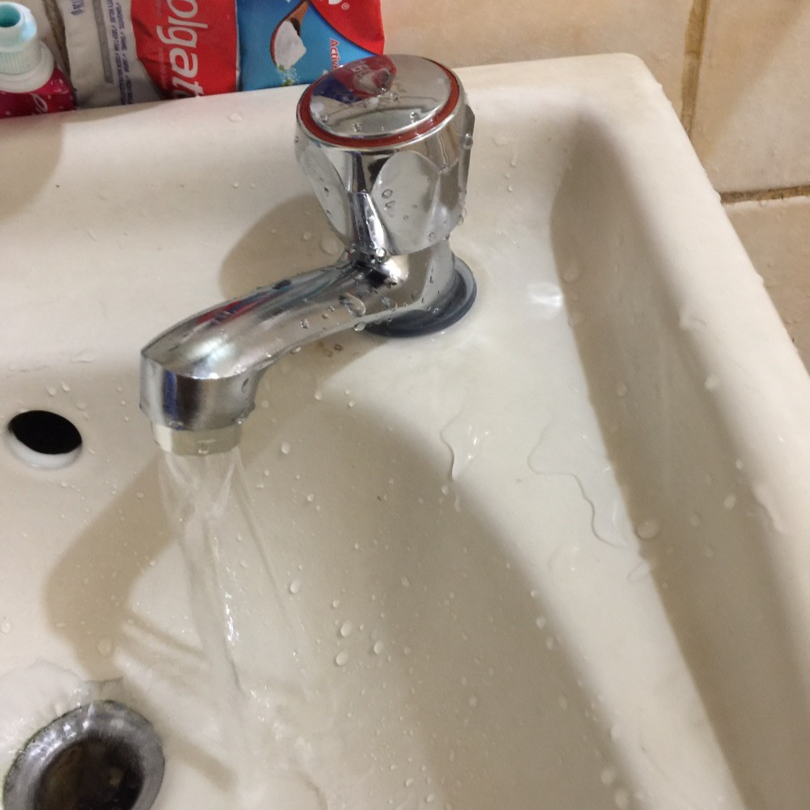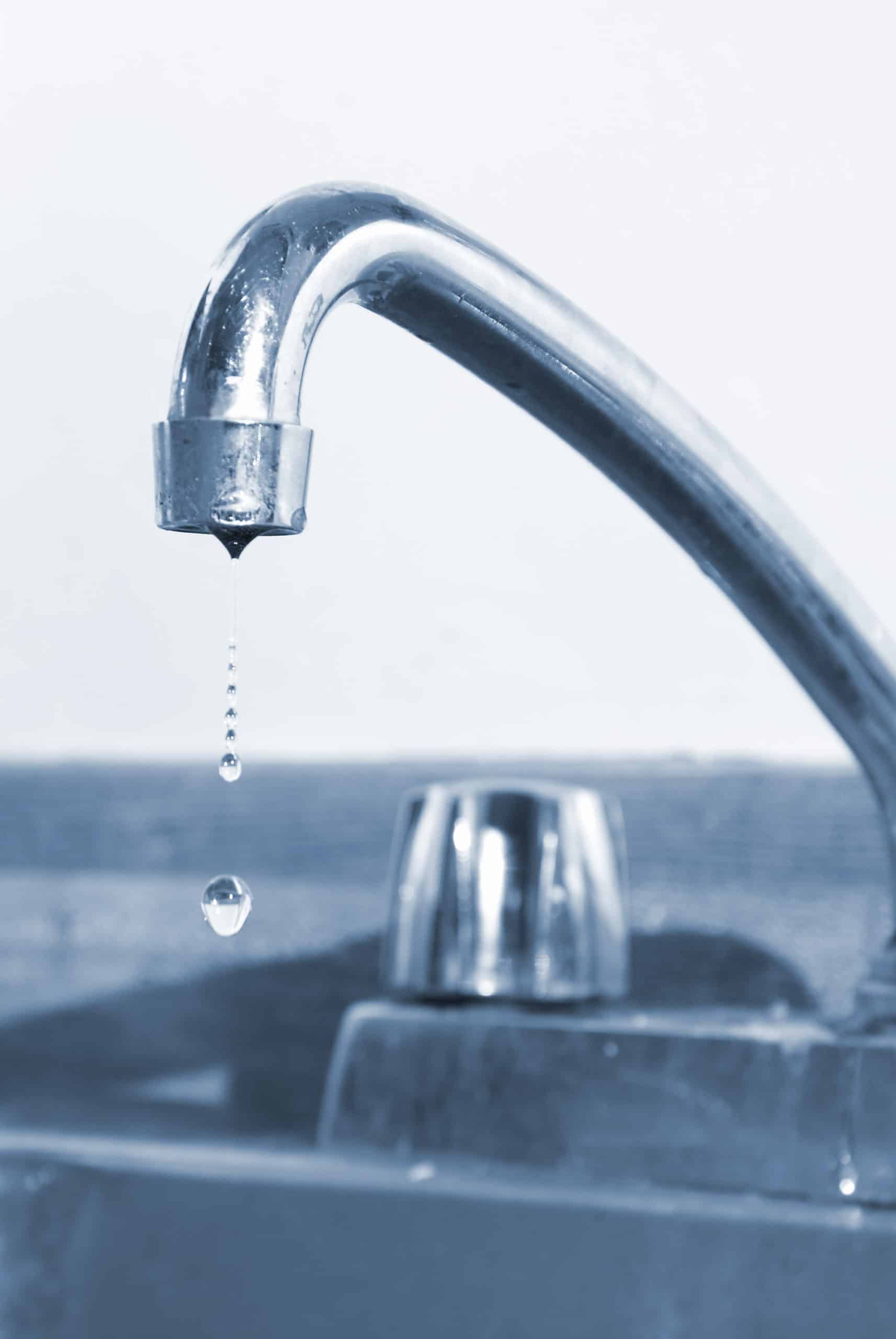Just about every person has their own rationale in relation to Should I Repair or Replace a Leaky Faucet?.

Leaking taps could seem like a small aggravation, but their effect goes beyond just the nuisance of the audio. From wasting water to incurring unneeded monetary costs and health and wellness threats, ignoring a dripping faucet can cause numerous repercussions. In this write-up, we'll look into why it's vital to resolve this common home problem promptly and successfully.
Waste of Water
Environmental Impact
Leaking faucets add substantially to water wastage. According to the Environmental Protection Agency (EPA), a single faucet leaking at one drip per secondly can squander greater than 3,000 gallons of water annually. This not only strains water sources however likewise impacts ecosystems and wild animals depending on them.
Step-by-Step Guide to Taking Care Of a Dripping Faucet
Tools Needed
Prior to attempting to repair a trickling tap, collect the needed devices, consisting of an adjustable wrench, screwdrivers, substitute components (such as washing machines or cartridges), and plumber's tape.
Common Tap Issues and Their Solutions
Recognize the sort of faucet and the certain issue causing the drip. Typical problems consist of worn-out washers, rusty valve seats, or malfunctioning O-rings. Refer to supplier directions or online tutorials for detailed support on repairs.
Financial Costs
Boosted Water Costs
Beyond the ecological effect, dripping taps can blow up water bills significantly. The built up wastage over time translates right into higher utility costs, which might have been stayed clear of with prompt repair services.
Possible Property Damages
Moreover, prolonged dripping can cause harm to fixtures and surfaces bordering the tap. Water accumulation can trigger discoloration, deterioration, and also architectural problems if left neglected, causing additional repair service costs.
Health Worries
Mold And Mildew and Mold Development
The consistent existence of wetness from a leaking faucet creates an excellent environment for mold and mildew and mildew growth. These fungi not only endanger indoor air quality however additionally present health risks, especially for individuals with respiratory system problems or allergies.
Waterborne Diseases
Stationary water in dripping faucets can become a breeding place for microorganisms and various other microorganisms, raising the danger of waterborne diseases. Impurities such as Legionella germs grow in stationary water, possibly leading to major ailments when ingested or breathed in.
Do it yourself vs. Professional Repair
Pros and Cons of DIY Fixing
While some may try to repair a trickling faucet themselves, DIY fixings come with their very own set of difficulties. Without correct understanding and devices, do it yourself efforts can aggravate the issue or cause incomplete fixings, lengthening the problem.
Advantages of Hiring a Specialist Plumber
Employing a specialist plumber makes certain that the underlying root cause of the dripping faucet is addressed efficiently. Plumbings have the know-how and equipment to identify and fix tap problems effectively, conserving time and lessening the threat of additional damages.
Ecological Obligation
Private Contribution to Preservation
Taking obligation for repairing leaking taps straightens with more comprehensive initiatives toward water conservation and ecological sustainability. Every individual's actions collectively make a considerable impact on protecting priceless resources.
Lasting Living Practices
By prioritizing prompt fixings and taking on water-saving practices, individuals add to lasting living practices that benefit both present and future generations.
Preventive Measures
Routine Maintenance Tips
To avoid trickling faucets, do regular maintenance such as cleaning up aerators, evaluating for leakages, and changing worn-out parts immediately. Furthermore, take into consideration setting up water-saving devices or upgrading to more effective components.
Significance of Prompt Repairs
Addressing dripping taps as quickly as they're seen avoids further water waste and possible damage, inevitably conserving both water and money over time.
Effect On Building Value
Perception of Well-Maintained Home
Keeping a building in good condition, including resolving upkeep problems like leaking faucets, boosts its perceived worth and desirability among potential buyers or lessees.
Influence on Resale Value
Characteristics with properly maintained plumbing fixtures, including taps, command higher resale worths in the property market. Resolving trickling taps can add to a favorable impression during residential property assessments and settlements.
Verdict
Addressing a trickling tap surpasses simple convenience; it's an essential action toward preserving water, lowering financial costs, and safeguarding wellness and residential property. Whether through do it yourself repair work or specialist aid, doing something about it to take care of dripping taps is a small yet impactful method to promote responsible stewardship of resources and add to a much healthier, more lasting future.
Why Are My Faucets Dripping (And Can I Fix it Myself)?
Causes of a Dripping or Leaking Faucet
Whether you’re hearing drops of water falling and hitting a sink, or noticing water ooze out from the base of the spout, you shouldn’t ignore a dripping or leaking faucet. And, the good news is, sometimes you can fix the problem yourself.
In this article, we’ll review a few common causes of dripping and leaky. We’ll also walk you through some basic ways to find the problem and handle it without calling anyone — and let you know when to call in a pro.
But, no matter what the cause, or whether you can handle it on your own, the sooner you address it, the better.
Each drip may be a tiny amount of water. But, they all add up quickly. According to the U.S. Geological Survey, one faucet losing one drop every 20 seconds — five a minute — wastes around a liter of water every day, and 173 gallons a year.
Add in more than one in your house, and it’s a lot of water to waste. So, we’ll help you get to the bottom of things quickly.
Four Reasons Your Faucet May Be Dripping
Aerator is Damaged or Unseated Valve Seat is Corroded O Ring is Loose or Worn Out Part of the Assembly is Loose Aerator is Damaged or Unseated
If you unscrew the end of your faucet, you’ll find the aerator. It’s the little stem piece with a screen on it that shuts off the water circulation.
If it’s damaged, or if it’s not sitting right, it will allow water to pass through.
Valve Seat is Corroded
Next is the valve seat, which is connected to the washer. If the washer wasn’t in place correctly, then it could have ground against the seat. Over time, this damages the valve seat.
The problem could also be corrosion: Over time, the part has worn out, and it’s now allowing water to pass through.
O Ring is Loose or Worn Out
Since the o ring is only a small rubber gasket, it’s a common reason why the faucet is dripping. You’ll find it at the base of the faucet, and it’s there to keep water from coming out where it’s not supposed to.
However, it’s common for the o ring to wear out over time. When it does, you’ll notice a drip.
Part of the Assembly is Loose
So far, we’ve looked at a few small, specific parts. But, the problem could be anywhere in the assembly if something’s out of place.
Even if a part isn’t damaged, over time, it may have become loose or dislodged. It could be the parts we mentioned, or the aerator at the tip of the faucet, the stem itself,
Can I Fix a Leaky Faucet Myself?
Depending on the problem, and how handy you are, there’s a chance you can fix a leaky faucet without calling a professional. But, you do run the risk of making the problem worse.
If it’s a small drip, you can certainly try a few troubleshooting tactics. We’ll walk you through them in a moment.
But, no matter what, your first step should be shutting off the water coming into the faucet. You should find a shutoff valve under the sink on the pipes leading to it. Turn each one clockwise until they close tightly.
Next, make sure you have the right tools for whatever you’re attempting. It’s tempting to make do with what you have. But, you need the right ones for a reason: You’re often dealing with small parts that can break if you handle them carelessly.
If you’re feeling confident, here are some places to start.
Items Near the Tip of the Faucet
A few of the parts we mentioned — particularly the valve seat and washer — are located at the tip of the faucet where the water comes out. They’re easy to access, making it a good place to start.
Check the O Ring
To check the o ring, you’ll need to take off the spout at the base. It’s easiest on kitchen sinks with long spouts, versus the smaller, bulkier base on most bathroom sinks.
Either way, this can be tricky, so do it carefully and don’t force anything. If it’s not coming right off, you’re much better off calling in a pro than possibly breaking something.
For a kitchen sink, there’s usually a nut or coupling assembly at the base of the spout. These often slide off easily without using any tools.
Once you’ve disassembled those parts, gently but forcefully twist off the spout.
Then, you can see the o rings. There should be two of the rubber gaskets on the base. If they look worn or damaged, replace them, and see if that solves the problem.

I came across that post on Water Dripping from Faucet: Why and How to Fix when doing a search on the web. You should pause to distribute this blog posting if you appreciated it. Bless you for your time. Return soon.